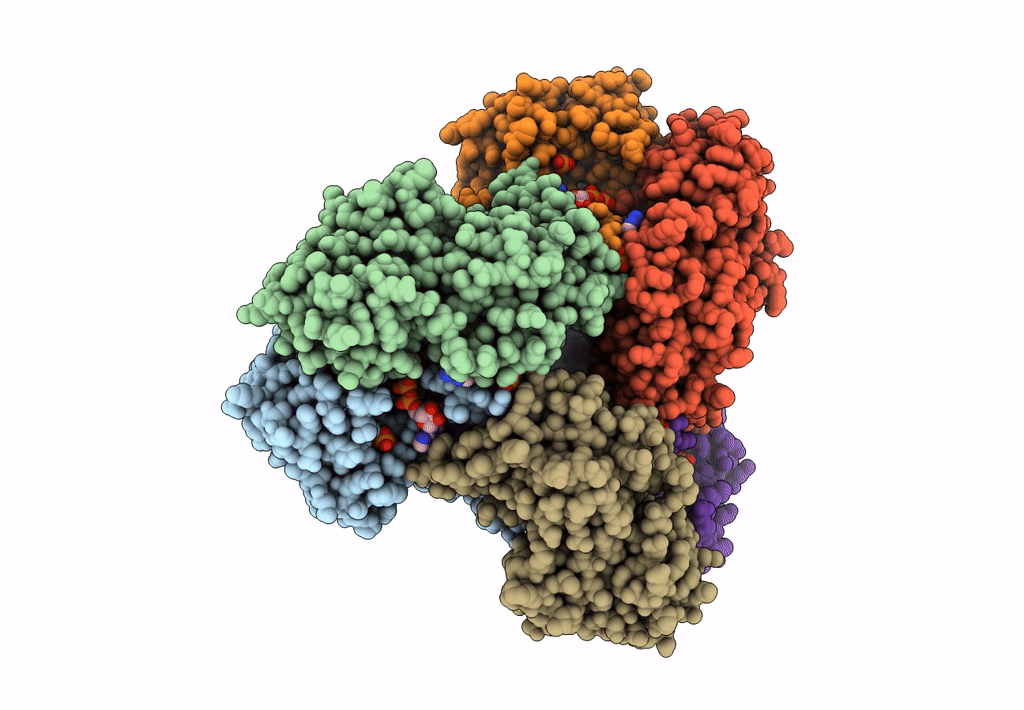
Deposition Date
2022-07-21
Release Date
2023-08-02
Last Version Date
2025-09-17
Method Details:
Experimental Method:
Resolution:
3.08 Å
Aggregation State:
FILAMENT
Reconstruction Method:
SINGLE PARTICLE


